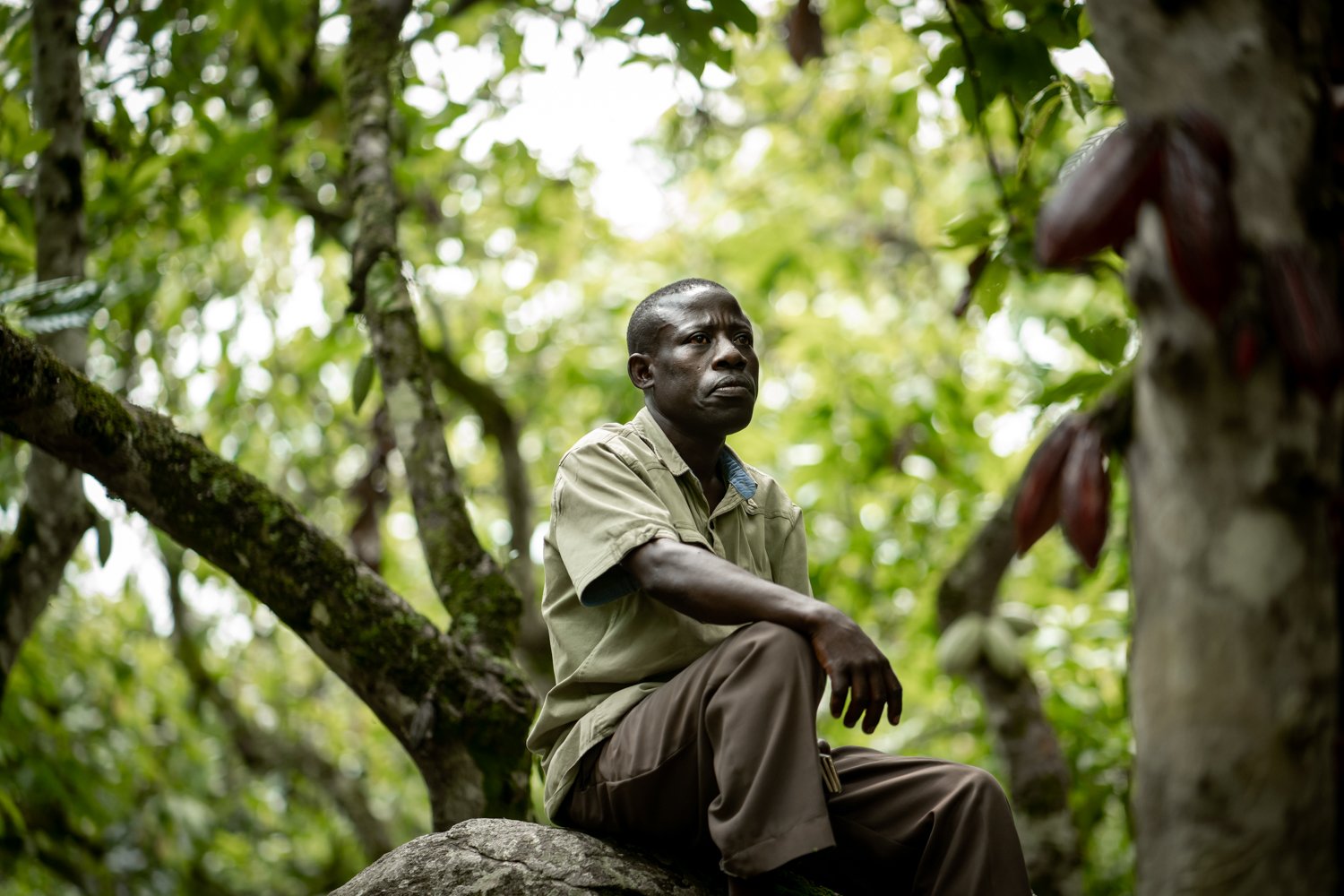All the years farmers wait for their trees to mature, the labour to maintain and harvest at just the right time, breaking the pods open one by one, carrying cacao for hours to a buying point, the careful fermentation process, the rugged kilometres it's driven from there, then the thousands more it rocks back and forth on an ocean freighter, all before it even arrives at the doors of a chocolate factory where a lineup of incredibly sophisticated machines slowly breaks the cacao down and massages it into chocolate.
That's when we come along, at the checkout somewhere, jamming a hand into our pockets and slamming a couple bucks on the counter to purchase the anticlimactic summarization of all of this incredible globalised labour.
Chocolate is wildly underpriced, and in almost every case, it's at the expense of the farmer. The mere fact that it takes industry disruptors like Kokoa Kamili or Latitude Trade to come into a market swinging, paying well over double what the going rate is for cacao, just for farmers to be able to afford to send all their kids to high-school is a great example of this. Farmers are getting older, in areas that grow cacao for mass produced chocolate, it's simply not a very desirable crop, younger generations are finding other careers and cacao farmers are in their fifties in places where life expectancies sit around 60.
This industry is broken, and there is a surprisingly short answer when I asked Julia Zotter (from Zotter Chocolate) how chocolate makers can make it better: pay farmers more. Or, for a consumer like you and me, buy chocolate from someone paying farmers more.



















